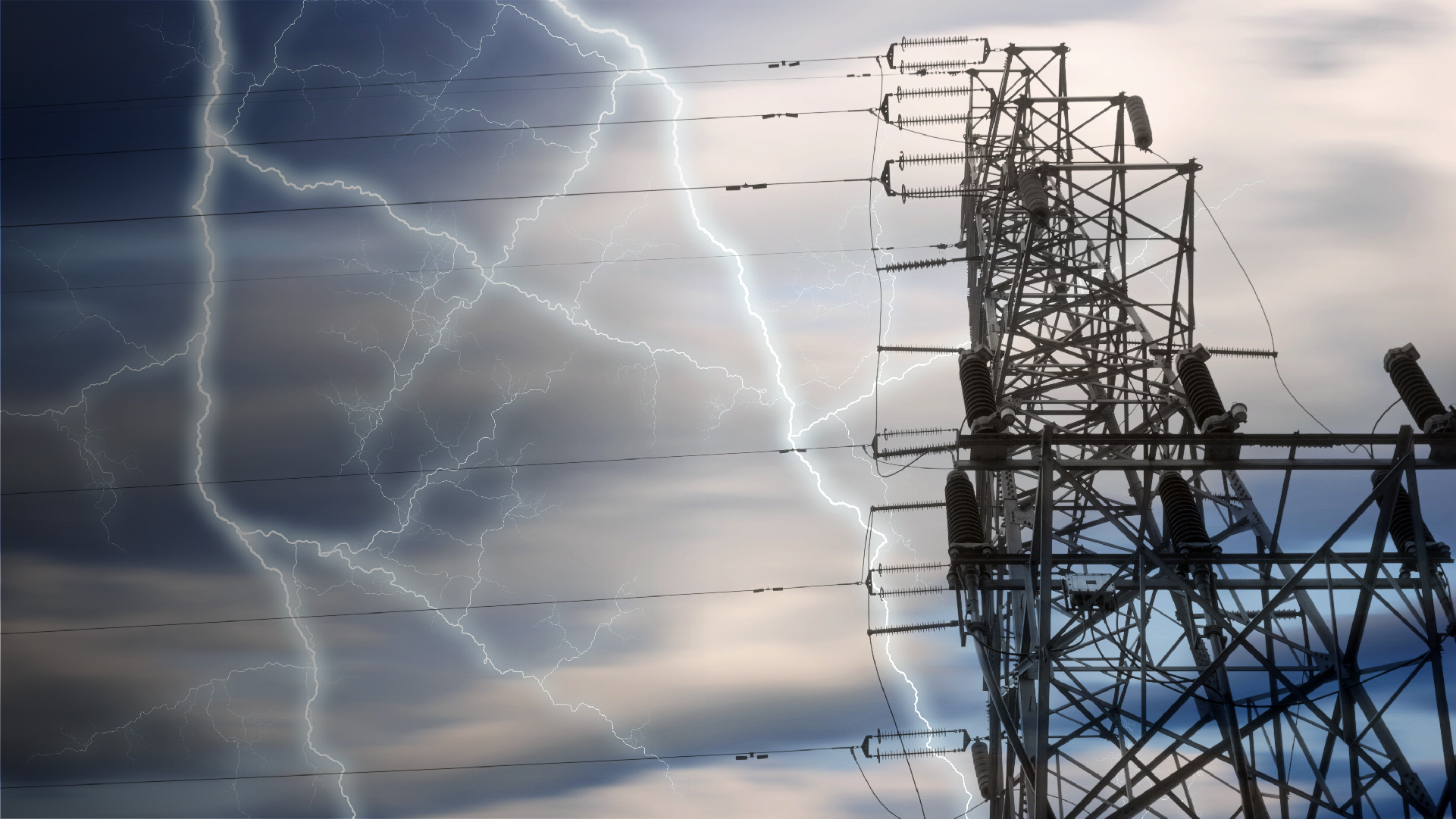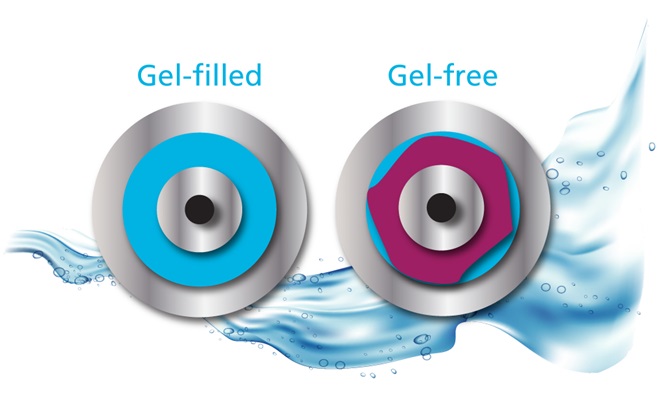
Make the Right Decision; Gel-Free or Gel-Fill Loose Tubes
Expertize and Innovation - Stories by Coats
Depending on different factors, like types of fibers used to develop a fiber optic cable or its length, the average cost to manufacture these cables can range from tens of thousands to hundreds of thousands of dollars, which puts their protection at a premium. Water or moisture entering a fiber optic cable is a serious issue that plagues manufacturers and ways to prevent it from happening are a key factor in the overall cable design.
To best ensure water or moisture does not damage a fiber optic cable, buffer tubes contain water blocking agents. These tubes either include a water blocking gel or a water swellable material to ensure the optical fibers are not compromised. Both methods are intended to perform in environmental extremes; however, gel-free and gel-filled buffer tubes have some key differences.
Gel-filled tubes prevent the ingress of water by filling the negative space within the tube, essentially blocking the entrance and any flow of water. The gel also provides another layer of protection for the optical fibers and, because they are free floating, causes less tension on the fibers. The disadvantage of gel is the level of mess caused during prep time and clean-up which can result in higher costs.
Gel-free tubes, or dry tube cables, battle the ingress of water through the use of tapes, foams and yarns. These materials are either coated with a super absorbent polymer (SAP) or have inherent water swellable attributes. While they do not fill the entire tube, they will absorb enough of the water or moisture to create a gel-like material, which will stop its progress. And, due to the no-mess processing of these cables, prep time and clean-up can be reduced which can result in lower costs.

Each fiber optic cable design is unique taking into account where it will be utilized and what types of weather it will need to combat on a regular basis. When deciding how best to protect delicate optical fibers, there is no universal option. So, instead, ask yourself, what is the likelihood this cable will be exposed to water?
If there is any at all, let Coats help you. We recommend:
Coats Ultrabloc S a spun super-absorbent polymer yarn, which can absorb water 2-3 times faster than others in the market.
